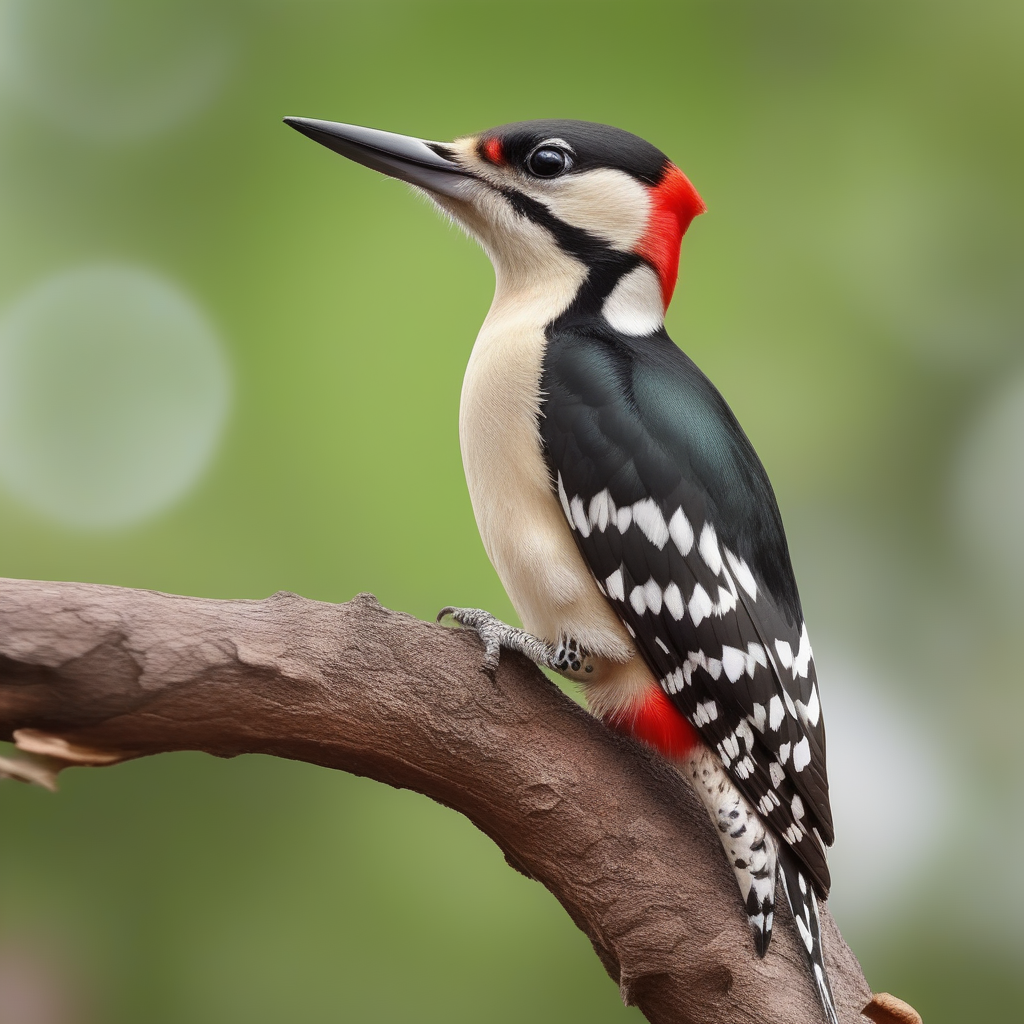Woodpeckers are fascinating birds known for their unique behavior of pecking into trees with their strong beaks. They are found in various parts of the world, inhabiting forests, woodlands, and even urban areas. With over 200 species, woodpeckers come in different sizes, colors, and patterns. They have distinctive features such as sharp-pointed beaks, stiff tail feathers, and strong claws that enable them to cling onto vertical surfaces like tree trunks.
One of the most prominent characteristics of woodpeckers is their drumming behavior. They use their beaks to hammer against trees, creating loud, resonating sounds. This drumming serves multiple purposes for woodpeckers. It helps them establish territory, communicate with other woodpeckers, and search for food. Woodpeckers have a keen sense of hearing, and they can distinguish different sounds made by their own species or identify potential food sources by listening to vibrations made by insects beneath the bark.
Woodpeckers primarily feed on insects, especially beetle larvae and ants, which they find by tapping on trees. Their unique anatomy aids in this process. They have long, barbed tongues that can extend far beyond their beaks, allowing them to probe deep into crevices to capture prey. Additionally, woodpeckers have a specialized skull structure that acts as a shock absorber, protecting their brains from the constant impact of their powerful pecks.
Despite their sometimes-aggressive behavior toward trees, woodpeckers also play an essential role in ecosystems. By creating cavities in trees, they provide nesting sites for many other bird species, small mammals, and even reptiles. These cavities are also utilized by other animals as shelter during harsh weather conditions. Therefore, woodpeckers contribute significantly to biodiversity and habitat creation within forests.
Overall, woodpeckers are remarkable birds with their rhythmic drumming, specialized adaptations, and ecological importance. Their ability to survive in various
